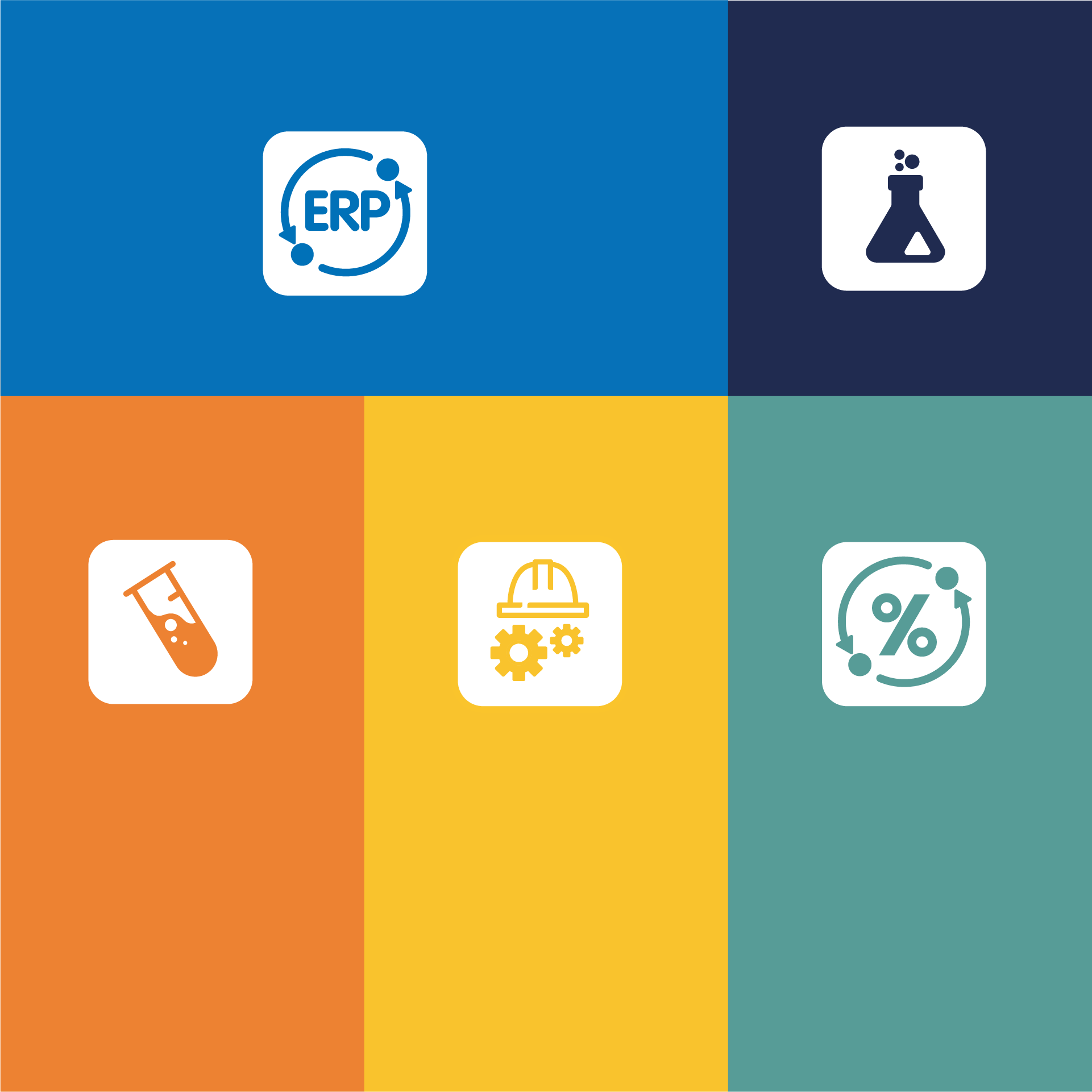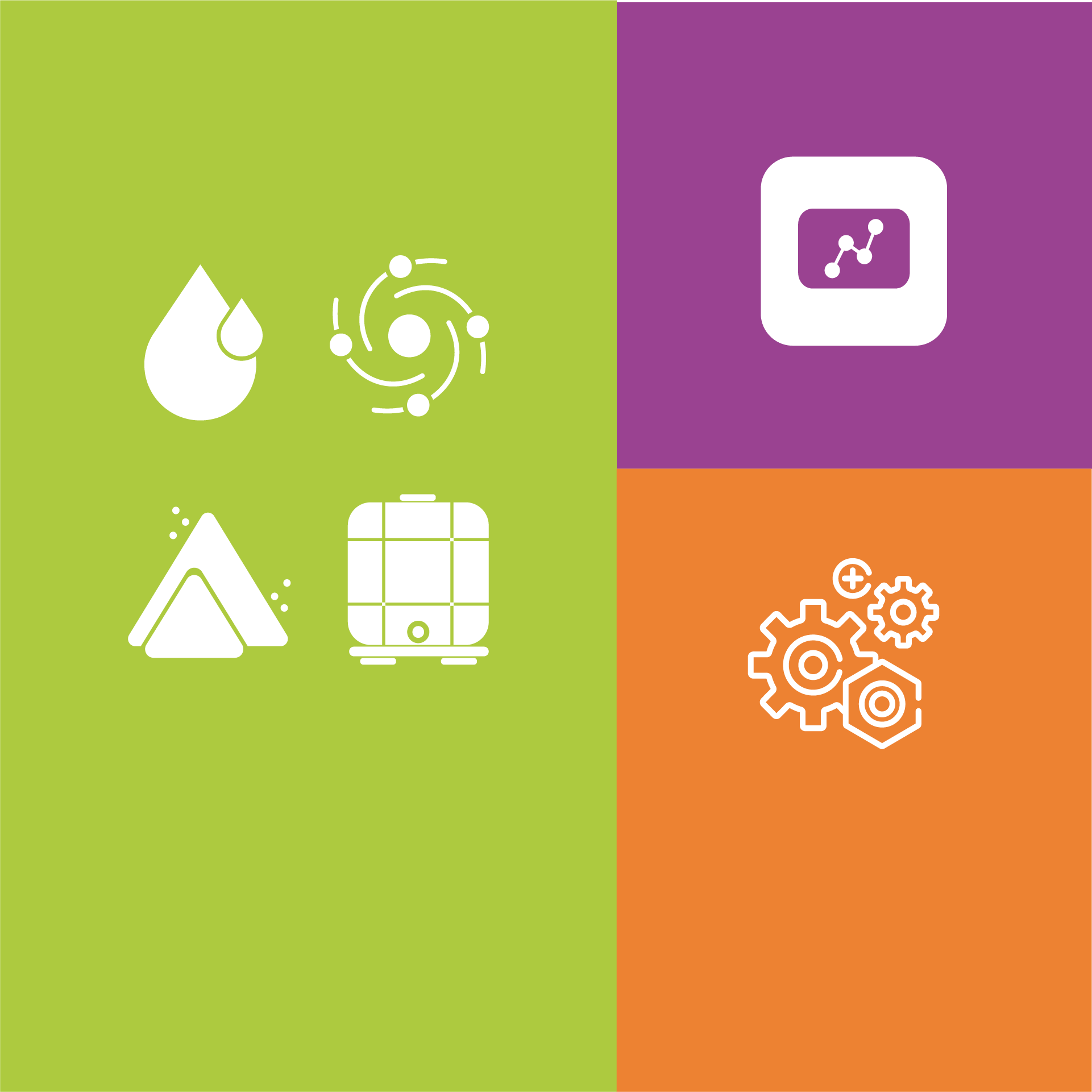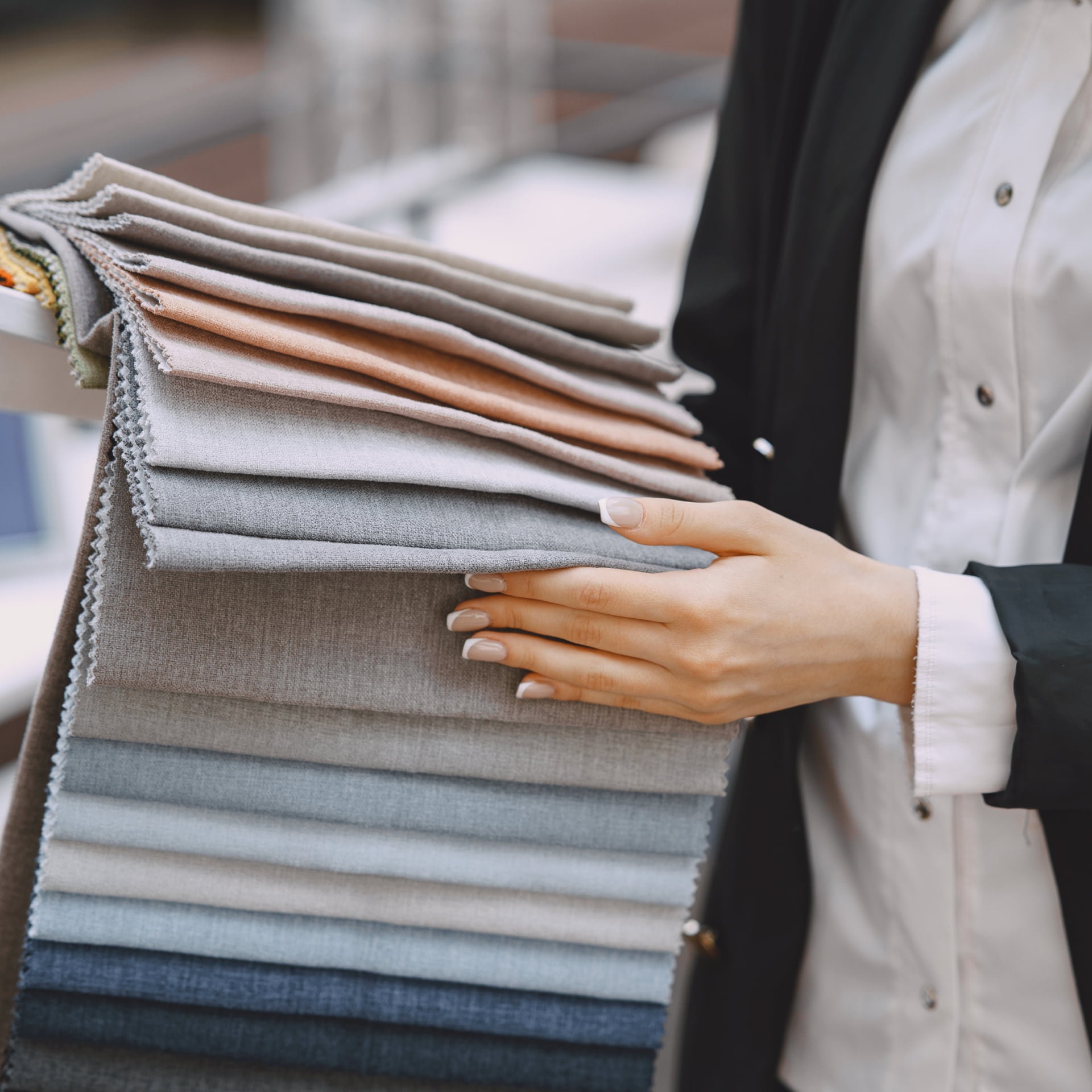The production of sustainable textiles involves reducing the water footprint
The future of the textile industry depends on the sustainability of each production process. As technology advances, companies can develop systems to contribute not only to the environment, but also …
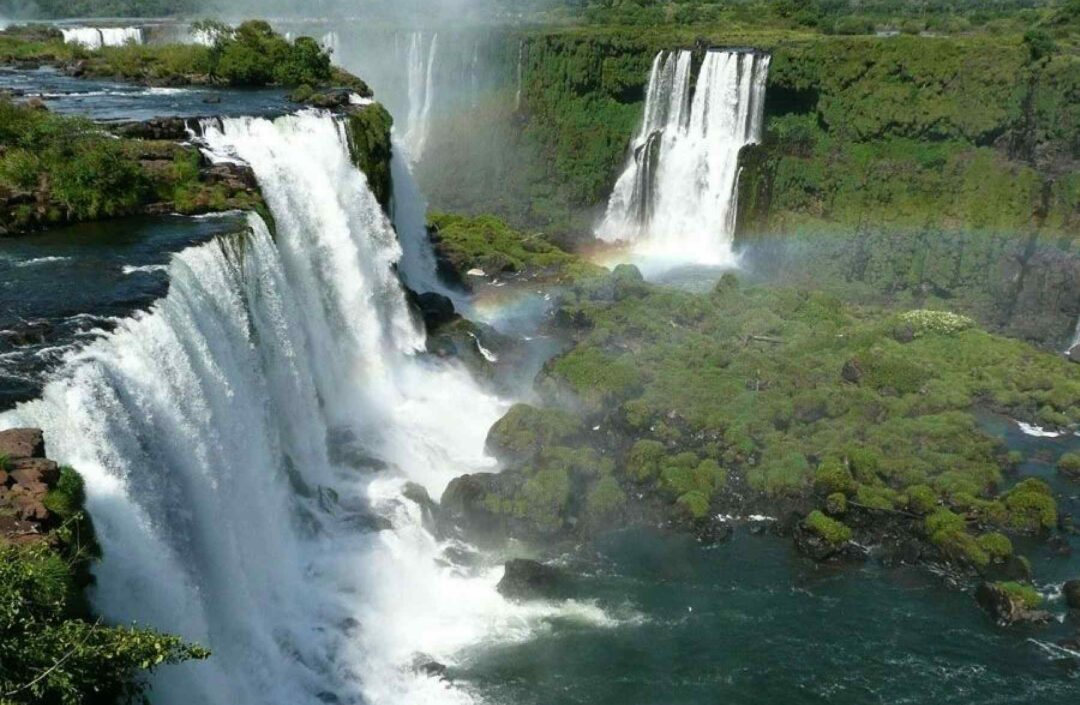
The future of the textile industry depends on the sustainability of each production process. As technology advances, companies can develop systems to contribute not only to the environment, but also to long-term cost reduction by optimizing the resources used for production.
A consensus was reached at the United Nations in 2015 to develop a plan of action with 17 objectives to ensure that by 2030 all countries achieve goals such as equality among people, protection of the planet and human prosperity.
One of these objectives focuses on clean water and sanitation in order to achieve goals such as universal and equitable access to drinking water, improving the quality and management of water resources.
The management of residual water from textile production is one of the great challenges faced by this industry, since the industry is the one that uses the most water for fabric manufacturing.
To have an idea, about 40% out of the 80 billion garments manufactured worldwide are made out of cotton fabric. This requires about 2,700 liters of water for manufacturing this type of fabric.
The United Nations estimates more than 80% of wastewater resulting from human activities is discharged into rivers or seas without any kind of treatment, causing the ecosystem to become polluted and deteriorate.
Reducing the water footprint of large textile companies
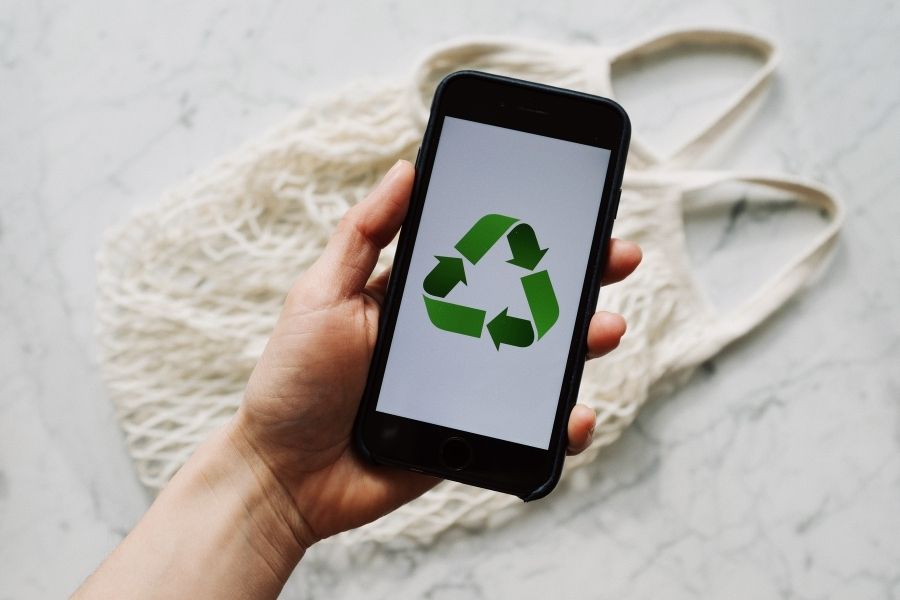
Nowadays, companies are adopting environmental indicators to contribute to improving the planet.
We use the water footprint as an indicator to measure the total volume of water used to manufacture goods and services for consumption at each stage of the production process, making us aware about the water resources consumed, and how to manage and optimize their use.
Big textile corporations such as Inditex, H&M, Primark, Nike, already demand from their fabric suppliers to comply with sustainable production standards in several areas; one of them is the “Zero Discharge of Hazardous Chemicals” (ZDHC).
This project has the mission of ensuring that the textile sector supply chain respects water recycling by reducing the chemical discharges they use on a daily basis and reaching the goal of “zero discharge”, meaning that all water discharged from the textile plant has no chemical compounds to be reused or returned clean to the ecosystem.
EAS Brazil for a sustainable textile production
The partnership between EAS and the waste water company Idrosistem Energy is limited to Brazil, through its local headquarters EAS Brazil.
At EAS Brazil we are committed to the values for sustainable production. This is why we have signed a representation agreement with Idrosistem Energy. This company has extensive experience in the treatment of residual water for all kinds of sectors, including textiles.
As specialists in the Brazilian textile industry, we offer the opportunity to support our customers implementing systems that help them to optimize textile plant resources such as InfoTint. Now we also will support them on the correct management for the residual water at the textile mill.
Correct recycling and treatment of waste water in the textile plant is beneficial since the cost of water used can represent up to 80% of total production costs.
With Idrosistem Energy technology and the expertise of EAS Brazil, we are capable to create a system for the recovery and treatment of waste water. This system will allow us to recover a large amount of reused water to be returned to production in a safe manner to the Brazilian textile industry.



